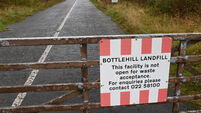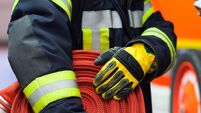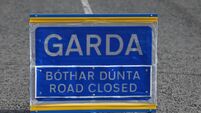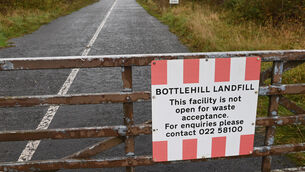Catastrophic flooding and more frequent droughts forecast for Cork city by 2050
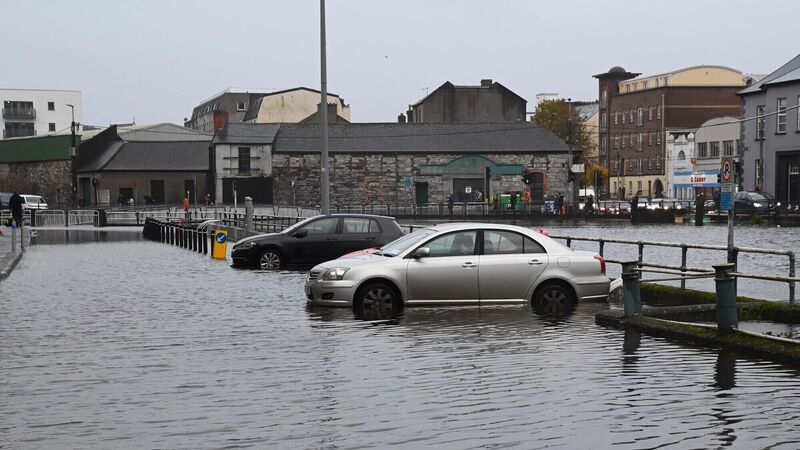
Up to a 19% increase in rainfall is predicted in Cork city in autumn and winter, both causing and amplifying flooding. File picture: Denis Minihane
Catastrophic flooding and more frequent droughts are some of the predictions for Cork city by 2050 unless urgent action is taken to halt climate change.
Increased tidal and river flooding will speed up coastal erosion and flood more homes and businesses, a new study by KPMG for Cork City Council predicts. Up to a 19% increase in rainfall is predicted in Cork city in autumn and winter, both causing and amplifying flooding.
Areas previously unaffected by flooding will be inundated, with new housing for an expanding population exposing more assets to flood damage. The elderly and vulnerable will be at particular risk by climate change in Cork by 2050, the new study by KPMG Future Analytics found.
The ‘Cork City Council Climate Change Risk Assessment’, led by Dr Barry O’Dwyer, used the Government’s projections of what Ireland’s climate is likely to be by 2050 to estimate how the pattern of extreme weather events already experienced in Cork might change and affect its growing population.
Climate change poses a critical challenge for Cork city, it found, potentially damaging infrastructure, increasing pressure on emergency services, and limiting water supply. All types of river, surface and tidal flooding, droughts and heatwaves will be more frequent and severe, it predicted.
CLIMATE & SUSTAINABILITY HUB
Heatwaves will be more frequent by 2050 if emissions remain high. Projections indicate an overall increase in average temperature of between 1.2 and 1.5C for Cork city relative to the 1981-2000 period. Droughts will also be more frequent. Summer rainfall is expected to reduce by as much as 17%.
Cold spells are predicted to reduce, with less frost days and ice days in 2041-2060 when compared with the baseline period of 1981 to 2000 and substantially less snowfall.
Tidal flooding is a major concern, with projections of sea level increases of up to 0.24m by 2050 which will increase the frequency of coastal flooding. And a rising sea level is strongly linked with coastal erosion.
Pluvial (rain) and river flooding are also concerns, with projections of an increase in the frequency of heavy rainfall days (days with precipitation more than 30mm) for Cork city. This will likely result in an increased frequency of associated river and pluvial flooding.
Pluvial, river and tidal flooding that were once considered extreme, will become more frequent, increasing damage in the areas already impacted and exposing new areas to risk. Higher flood levels will mean people previously unaffected by flooding may become exposed.
The expected increase in the elderly population in Cork city will leave a greater number of vulnerable people who are more sensitive to climate change, particularly heatwaves and to social isolation during extreme weather events.
Heatwaves and droughts will leave roads and infrastructure regularly exposed to extreme temperatures with the potential for damage. In Cork city, they will increase water temperatures and lower water levels. This may decrease water quality, impacting the environment and biodiversity.
The environment will be more frequently exposed to flooding, damaging habitats and biodiversity. Increased pressure will be put on local amenities by more people using public green spaces and waterways during heatwaves.
Spiralling costs, as emergency services and local authorities, homes and businesses deal with extreme weather events are also predicted, with increased need for air conditioning, flood defences and maintenance.
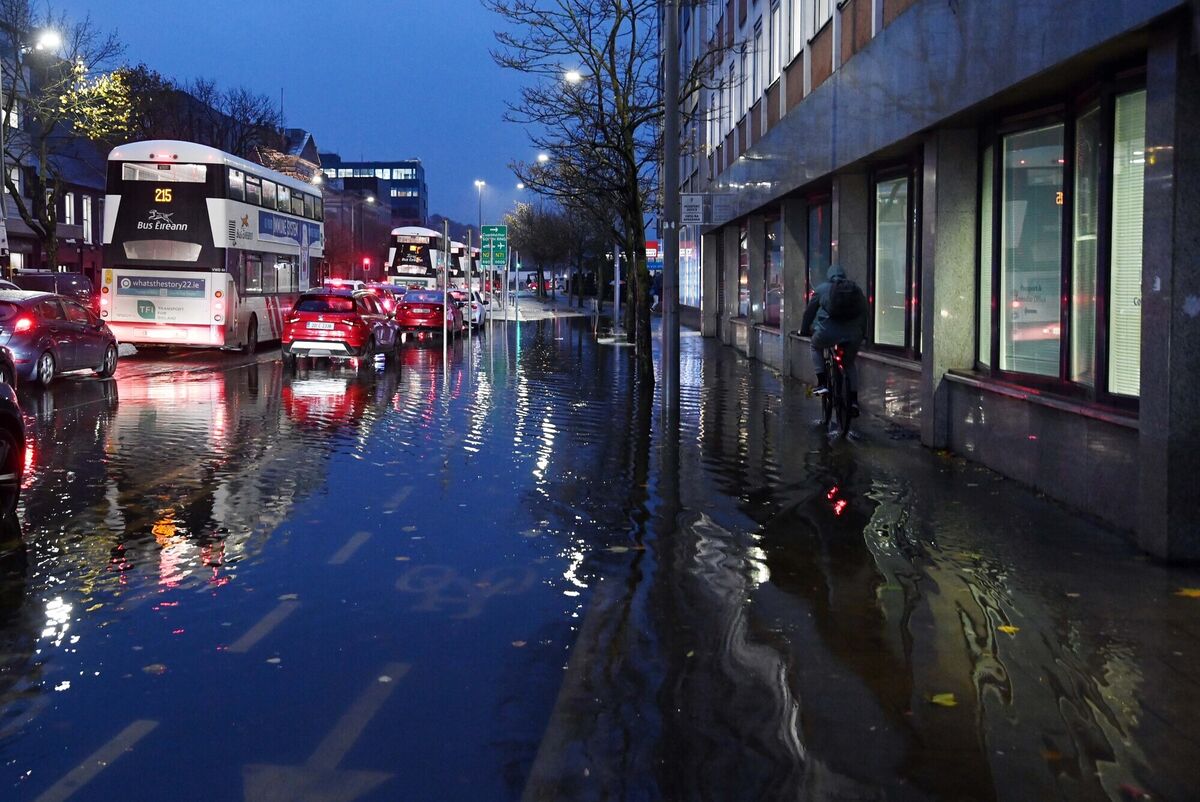
By 2050, average annual temperatures are expected to increase by up to 1.6C under a high emissions scenario. Projections indicate that the Irish Sea could warm by a further 1.9C before the end of the 21st Century.
The Lord Mayor of Cork, Cllr Kieran McCarthy, said: “Increasingly, every year we see different parts of Europe affected by dramatic, climate-driven disasters like floods and fires. If we want to reduce the chance of similar things happening here, we must play our part by reducing our own greenhouse gas emissions and adapting to the climate changes that are already locked in.
"I urge everyone in the city to join the growing numbers who are making improvements to their homes, and are walking, cycling or travelling by public transport more. These aren’t the only things people can do to combat climate change, but they are among the things that have the biggest positive impact on our own health, comfort and wellbeing, as well as on our planet."



